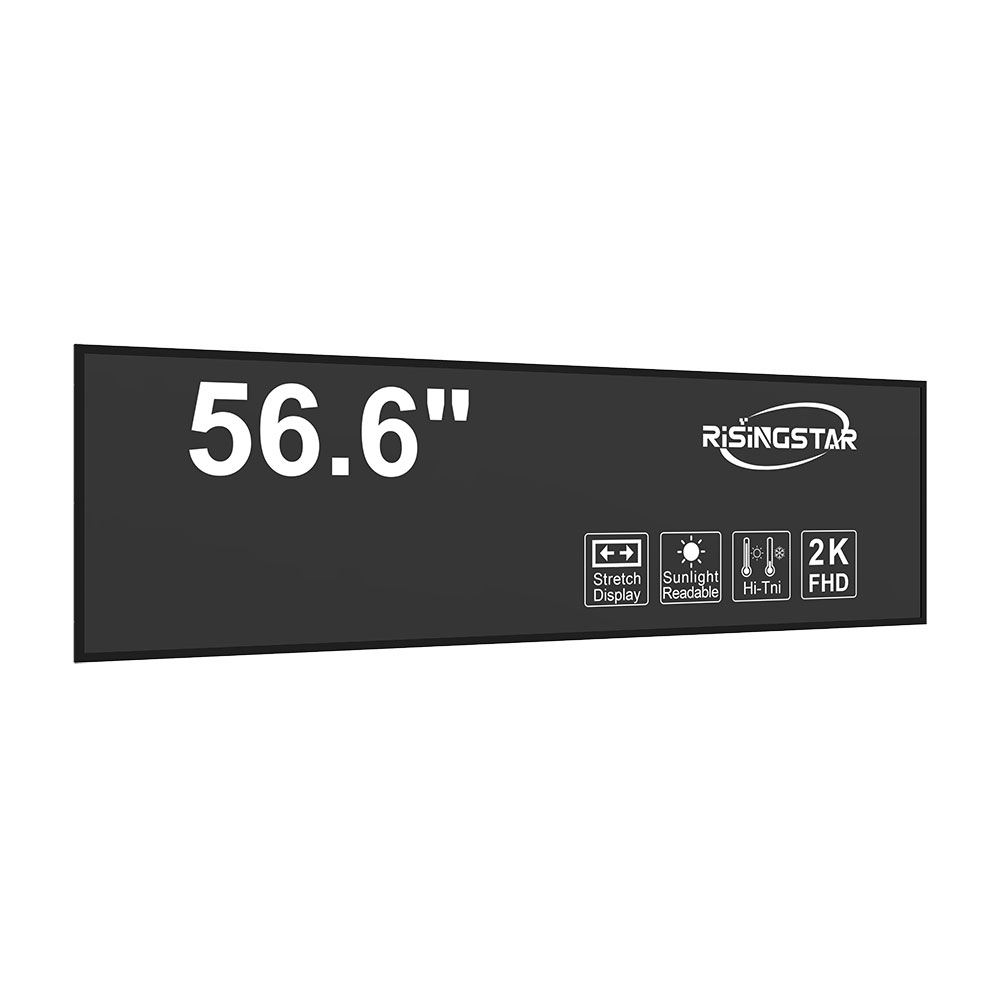
Privacy statement: Your privacy is very important to Us. Our company promises not to disclose your personal information to any external company without your explicit permission.
Outdoor LCD displays have become essential tools across industries such as retail, transportation, advertising, and public safety. With increasing demand for digital signage in open environments—where sunlight, weather, and security are constant challenges—choosing the right outdoor LCD display is no longer a simple decision. It requires a deep understanding of brightness levels, environmental durability, viewing angles, power efficiency, and compliance with international standards like IP65 or IK10.
First, let’s clarify what makes an LCD screen “outdoor-rated.” Unlike indoor screens that typically operate under controlled lighting conditions, outdoor LCDs must perform reliably in direct sunlight, extreme temperatures (from -20°C to +60°C), humidity, dust, rain, and even vandalism. The key differentiator lies in their luminance output. Industry benchmarks show that for reliable visibility during daylight hours, especially under direct sunlight, a minimum brightness of 5,000 nits is required. Many high-end models now exceed 7,000 nits—such as those used in airport information boards or highway digital billboards—which ensures content remains legible even at noon. This is far beyond the typical 300–500 nits found in most indoor monitors.
Brightness alone isn’t enough. Manufacturers often use advanced technologies like local dimming, anti-glare coatings, and polarized filters to reduce glare while maintaining contrast. For instance, some premium outdoor displays incorporate IPS (In-Plane Switching) panels known for wide viewing angles—up to 178°—which is critical for multi-directional audience engagement. In contrast, TN (Twisted Nematic) panels, common in budget models, suffer from narrow viewing angles and color distortion when viewed off-axis.

Environmental protection ratings are equally vital. The International Protection Marking (IP Code) system defines how well a device resists solid particles and liquids. An IP65 rating means it’s dust-tight and protected against water jets from any direction—a non-negotiable standard for permanent outdoor installations. Similarly, IK10 indicates impact resistance up to 20 joules, making it suitable for areas prone to accidental damage or intentional vandalism, such as bus stops or public transit hubs. These certifications aren’t just marketing claims—they’re tested under strict ISO and IEC standards.

Power consumption and thermal management also play crucial roles. High-brightness LEDs consume more energy, so efficient cooling systems (like passive heat sinks or active fans with dust filters) are necessary to prevent overheating. Some manufacturers integrate intelligent thermal regulation that adjusts brightness based on ambient light sensors, reducing power usage by up to 40% without sacrificing visibility—a significant advantage for sustainability-focused businesses. Additionally, PoE (Power over Ethernet) support allows single-cable installation, simplifying deployment in remote locations where power outlets may be scarce.
When deploying outdoor LCDs in commercial settings, consider connectivity options. Modern displays offer HDMI, DisplayPort, USB-C, and built-in Wi-Fi/Bluetooth modules for remote content updates via CMS (Content Management Systems). For mission-critical applications—like traffic control or emergency alerts—redundant network connections (dual Ethernet ports) and cloud-based backup ensure continuous operation even if one link fails. Case studies from cities like Singapore and Barcelona demonstrate how synchronized outdoor displays improve real-time communication during events or disasters.

Maintenance is another often-overlooked factor. While many brands claim "low maintenance," actual service intervals vary widely. Look for units with modular designs that allow easy replacement of components like LED backlights or power supplies. Remote diagnostics via mobile apps or web portals can alert technicians before failures occur—an approach increasingly adopted by leading providers such as LG, Samsung, and NEC. This proactive strategy minimizes downtime and maximizes ROI.
Finally, application-specific customization matters. A digital menu board at a fast-food outlet needs different features than a public announcement screen at a train station. For food service, touch capability (with glove-compatible capacitive screens) and IP65 enclosure ratings are essential. For transit systems, ruggedized mounting brackets and fail-safe firmware that auto-restarts after power loss are mandatory. Tailoring your choice to your specific use case ensures optimal performance and longevity.
In summary, selecting the right outdoor LCD display involves balancing technical specifications with practical deployment considerations. From luminance and environmental resilience to power efficiency and remote management, each element impacts cost-effectiveness, user experience, and long-term reliability. Businesses investing in this technology should prioritize certified products from reputable manufacturers who provide full documentation, warranties, and post-installation support. With careful planning and expert guidance, outdoor LCDs can transform public spaces into dynamic, engaging, and informative environments.
Email to this supplier

Privacy statement: Your privacy is very important to Us. Our company promises not to disclose your personal information to any external company without your explicit permission.